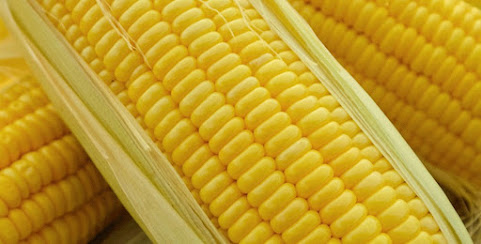Fumonisins are naturally occurring toxins produced by several species of Fusarium fungi (moulds). A number of different types of fumonisin are known, but fumonisins B1, B2 and B3 (also named FB1, FB2 and FB3) are the major forms found in food. Fumonisins were first recognized in 1988.
Fumonisins’ structure is similar to sphingolipid and this toxin in high concertation inhibits ceramide synthase that is an important enzyme in the de novo pathway of sphingolipid biosynthesis.
The genus Fusarium, belonging to the family Nectriaceae, can be found as saprophytes in soil and plants worldwide. Fusarium spp. colonize to the rhizospheres of plants and then subsequently enter into the plant system.
The fungi Fusarium verticillioides, F. proliferatum and F. fujikuroi, as well as some less widespread Fusarium species, are common contaminants of maize, and to a lesser extent of wheat and other cereals included their derived products. The FB1 has been reported to contaminate numerous food products like asparagus and garlic, barley foods, beers, dried figs, and milk.
Recently it has been found that Aspergillus niger produces fumonisins in grapes, wines, and dried vine fruits, but only at low concentrations. Fumonisins cause a range of diseases in animals, the most important being leukoencephalomalacia in horses and liver cancer in rats.
Fumonisin production has been observed during the post-harvest period; however, under adverse conditions of storage. Dietary exposure of fumonisins can lead to several harmful outcomes in both farm and experimental laboratory animals.
Fumonisins – Mycotoxin produced by Fusarium species
The Chemistry Behind Food Flavor
-
Flavor is far more complex than a single taste on the tongue. It is the
result of a close interaction between *taste*, detected by the taste buds,
and *a...






